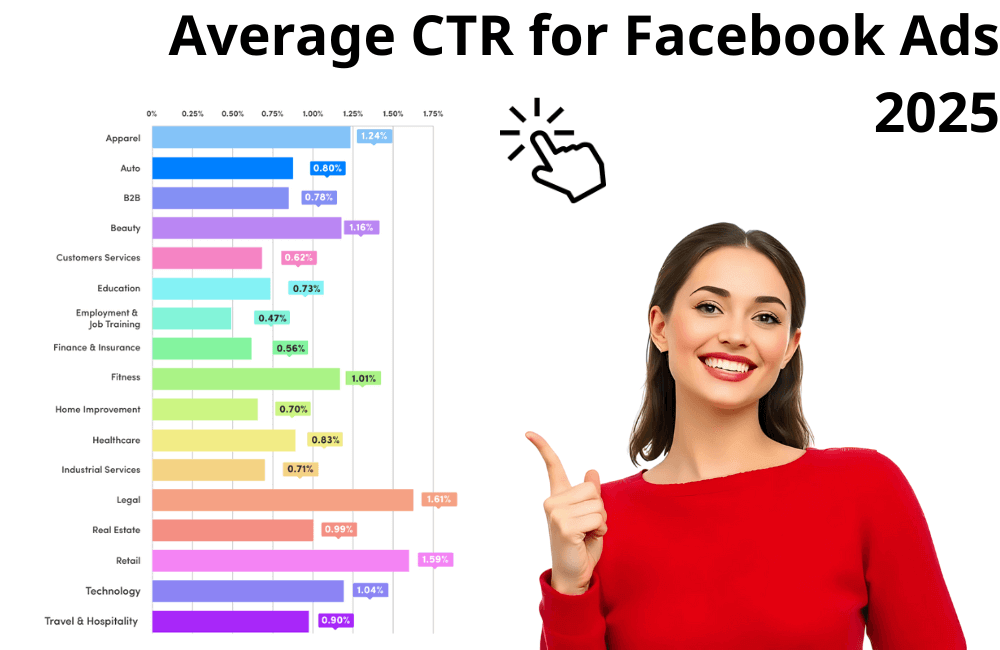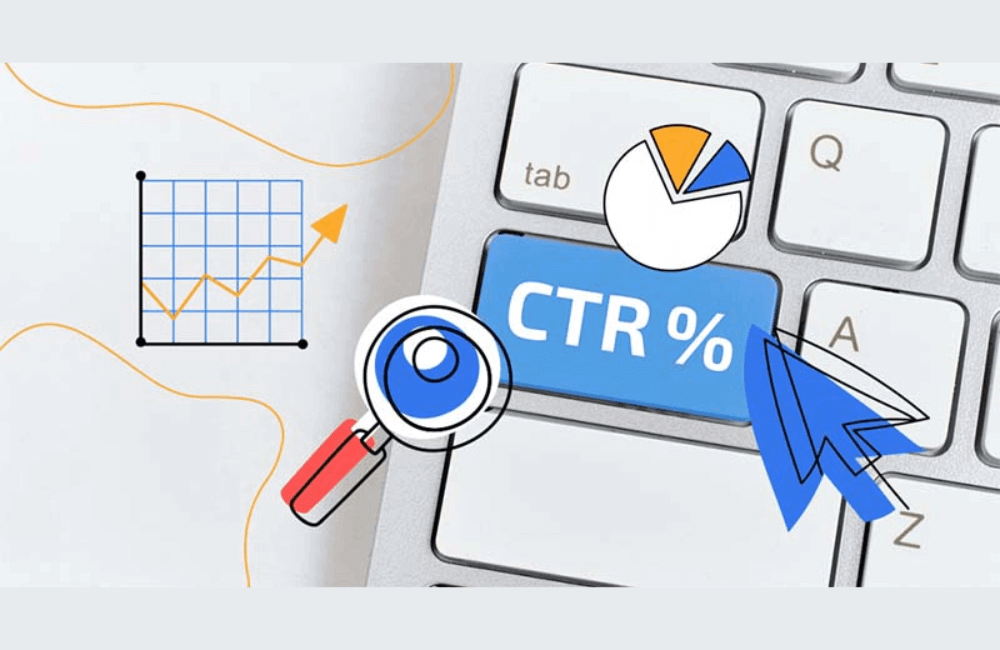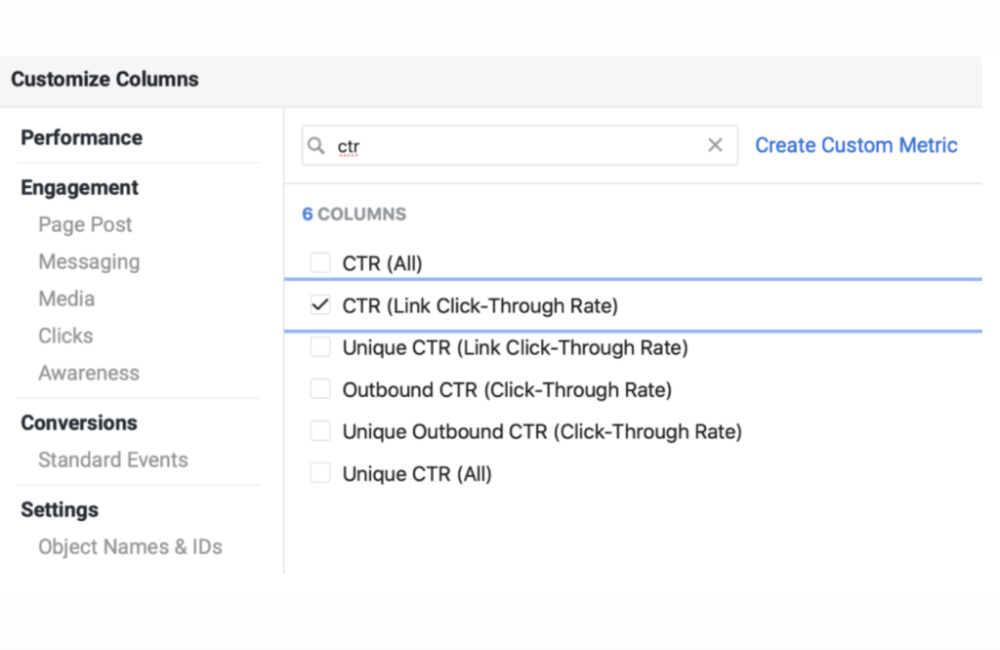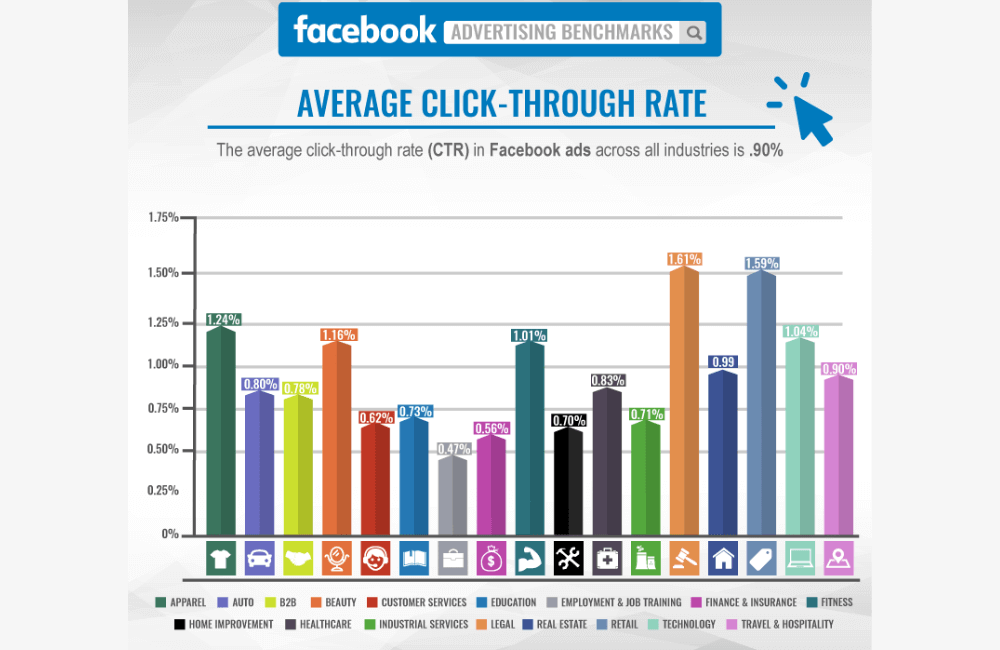What is the Average CTR for Facebook Ads in 2025? (Industry Benchmarks)

The average click-through rate (CTR) for Facebook ads in 2025 can vary significantly depending on the industry, the stage of the sales funnel, and the target audience being reached. Understanding these benchmark figures helps advertisers determine their current standing and identify areas for improvement to achieve better performance.
However, determining the “standard” average CTR is not easy because countless factors affect ad performance. Each source provides a different number, confusing many advertisers about which standard to use to evaluate their campaigns.
In this article, BlackHatWorld will analyze the different types of CTR, explore benchmarks based on over $9 billion in ad spend, and share practical tips to improve your low CTR in 2025. Let’s get started!
Classifying the CTR rates in Facebook Ads

When it comes to digital marketing, the phrase “click-through rate” (CTR) appears almost everywhere: in ads, emails, social media posts, or even remarketing campaigns. But what exactly is CTR, and why do you need to care about it so much?
Simply put, CTR is the percentage of people who click on a link in your ad compared to the total number of people who saw it. For instance, if 1,000 people view your ad and 50 people click on it, your CTR is 5%. It sounds simple, but Facebook actually classifies CTR into many different types, with each type reflecting a specific user behavior. Below, we will help you clearly understand each type of CTR and how it affects your ad campaign.
Facebook Clicks (All)
This type of CTR confuses many people. “Clicks (all)” includes every action a user clicks on the ad, not just the link. In addition to the actions above, it also includes:
- Clicking on your Facebook or Instagram page name.
- Social interactions such as likes, comments, or shares.
- Clicking to expand a photo, view a video, or read the full description
For example, if someone only clicks to view a larger image without visiting your website, that action is still counted as a “click.” Therefore, this CTR may be high, but it does not necessarily reflect the true conversion efficiency.
Link Clicks
This is the most common metric that most advertisers track. “Link clicks” show the number of times users actually clicked on parts of the ad that led them to a specific landing page, inside or outside of Facebook. For example:
- When a user clicks on a call-to-action (CTA) button such as “shop now,” “sign up,” or “learn more.”
- When they click on an image, video, or link in the ad description to view more information.
- When they open a lead form or an instant experience.
We often recommend that advertisers focus on improving this type of CTR, as it clearly reflects a genuine intent of interest from the potential client.
Outbound Clicks

This is an important but often overlooked metric, especially for those running conversion or sales ads. “Outbound clicks” only measure clicks that take users off the Facebook platform, such as:
- Clicking a link or CTA button that leads to your website, product page, or blog.
- Clicking a link within a form, a collection ad, or an instant experience that causes the user to leave Facebook.
If your objective is to generate sales or leads on your website, pay close attention to this metric.
Other important click types
Sometimes, you will see the “other clicks” metric in your ad report and wonder what it means. In fact, these “other clicks” are also incredibly valuable because they show how users indirectly interact with your brand. They may include:
- Click-to-call: Helps customers call the business directly. For example, a furniture store might receive an order call immediately after a user clicks the “call now” button.
- Click to open app: If you are promoting a mobile application, this is an extremely important action.
- Click to Messenger: Encourages users to chat directly with the brand via Messenger.
- Click to get directions: Especially useful for businesses with physical stores like spas, showrooms, or coffee shops.
Every click represents a certain level of interest. When analyzing CTR, you should look at the entire interaction picture, rather than focusing solely on a single metric.
What is the Average CTR for Facebook Ads in 2025? (Industry Benchmarks)

Have you ever wondered: Is my Facebook ad CTR too low? Entering 2025, the average CTR (click-through rate) for Facebook ads continues to show clear differences across industries. Based on the latest data, we see that each sector has its own strengths and challenges in attracting users to click on ads.
Legal Industry
According to statistics, the legal industry is leading with an average CTR of 1.61%. This is an impressive figure, reflecting the low competition but high value of this ad group.
For example, law firms often deploy ads with free consultation offers or strong calls-to-action such as “book a consultation today.” Such ads are not only urgent but also build a sense of trustworthiness, making it easier for users to click to learn more.
Retail and Fashion Industry
Right after that is the retail industry with a CTR of 1.59%, followed by the apparel industry at 1.24%. Advertisers in these two sectors often know how to leverage the power of high-quality images and videos, a crucial factor in “catching the eye” of users from the very first glance.
For instance, a fashion brand can use a short video to introduce a new collection with a 30% discount during its golden week. This visual content significantly increases click-through rates and conversion rates.
Beauty Industry
The beauty industry holds the fourth position with an average CTR of 1.16%. Ads in this field often have an advantage due to high aesthetic appeal and the participation of celebrities or KOL.
For example, a cosmetics brand can run a video ad featuring a makeup tutorial performed by a famous beauty blogger. This “inspirational” approach easily captivates viewers and makes them click on the ad to see the products.
The Employment and Vocational Training Industry
Conversely, the employment and vocational training industry only achieved a CTR of 0.47%, the lowest on the list. The main reason is that Facebook is not the primary platform for job seeking. Users typically prioritize accessing sites like LinkedIn, Indeed, or Google jobs when they have career needs, so job ads on Facebook are often ignored.
The Finance and Insurance Industry
Finally, the finance and insurance industry recorded an average CTR of 0.56%. With a series of similar ads appearing in the same Newsfeed, users often feel an “information overload.”
For example, if two insurance ads appear, and one only displays dry charts while the other uses a short video to tell a story about a person who was protected, users will certainly choose to click on the more emotional ad.
Through this article, we can see that the average CTR for Facebook ads in 2025 does not have one “standard” number that applies to everyone. Every industry has its own specific characteristics. The most important thing we want to emphasize is that CTR is only one part of the overall picture of ad effectiveness. You need to look at content quality, emotional appeal, and targeting accuracy to truly evaluate the campaign’s performance. Keep testing, optimizing, and learning from data so that your CTR is always higher than the industry average!
Frequently asked questions
It depends on the industry, but a CTR of 1% or higher is generally considered stable. For highly competitive industries like retail or beauty, a CTR of 1.5% to 2% is considered very good. However, the ideal goal is to continuously optimize so that the CTR gradually increases over time.
Using eye-catching images or videos that are relevant to the target audience.
– Writing clear calls-to-action, such as “sign up today” or “get a free offer.”
– A/B testing different ad creatives to see which content yields the best click-through rate.
– Ensuring the ad is delivered to the correct potential customer segment, avoiding wasted budget on irrelevant audiences.
💬 Contact now for free consultation from BHW!
- Website: https://vi.blackhatworld.io/
- Telegram: @bhw_agency
- Whatsapp: +84819001811
- Wechat: bhwagency
- Email: [email protected]
This article is also available in other languages: